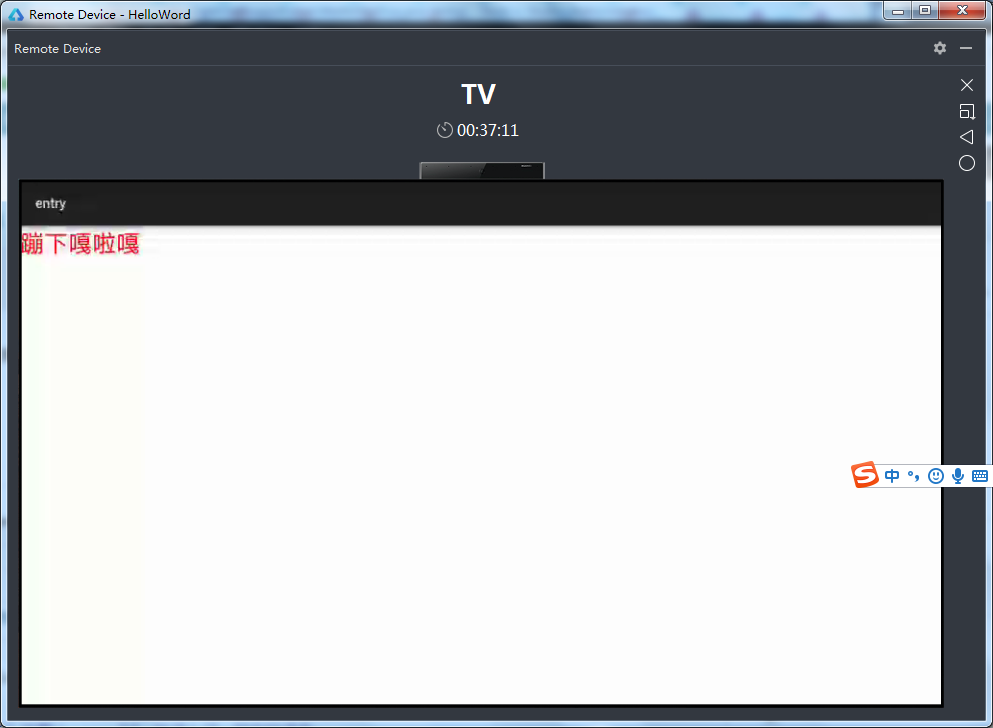【leetcode】133. Clone Graph
题目如下:
Given the head of a graph, return a deep copy (clone) of the graph. Each node in the graph contains a
label(int) and a list (List[UndirectedGraphNode]) of itsneighbors. There is an edge between the given node and each of the nodes in its neighbors.OJ’s undirected graph serialization (so you can understand error output):
Nodes are labeled uniquely.
We use
#as a separator for each node, and,as a separator for node label and each neighbor of the node.As an example, consider the serialized graph
{ 0,1,2#1,2#2,2}.The graph has a total of three nodes, and therefore contains three parts as separated by
#.
- First node is labeled as
0. Connect node0to both nodes1and2.- Second node is labeled as
1. Connect node1to node2.- Third node is labeled as
2. Connect node2to node2(itself), thus forming a self-cycle.Visually, the graph looks like the following:
1/ \/ \0 --- 2/ \\_/Note: The information about the tree serialization is only meant so that you can understand error output if you get a wrong answer. You don’t need to understand the serialization to solve the problem.
解题思路:深拷贝node。题目本身不难,由于所有节点的lable都是唯一的,因此需要保持已经创建过节点的lable,避免出现重复创建。另外节点存在self-cycle,所以遍历过的路径也需要保存。
代码如下:
# Definition for a undirected graph nodeclass UndirectedGraphNode:def __init__(self, x):self.label = xself.neighbors = []class Solution:# @param node, a undirected graph node# @return a undirected graph nodedef cloneGraph(self, node):if node == None:return Noneroot = UndirectedGraphNode(node.label)queue = [(node,root)]dic = {}dic[root.label] = rootdic_visit = {}while len(queue) > 0:n,r = queue.pop(0)if n.label in dic_visit:continuefor i in n.neighbors:if i.label not in dic:i_node = UndirectedGraphNode(i.label)dic[i.label] = i_nodeelse:i_node = dic[i.label]r.neighbors.append(i_node)queue.append((i, r.neighbors[-1]))dic_visit[n.label] = 1return root
转载于 //www.cnblogs.com/seyjs/p/10214867.html
//www.cnblogs.com/seyjs/p/10214867.html



































还没有评论,来说两句吧...